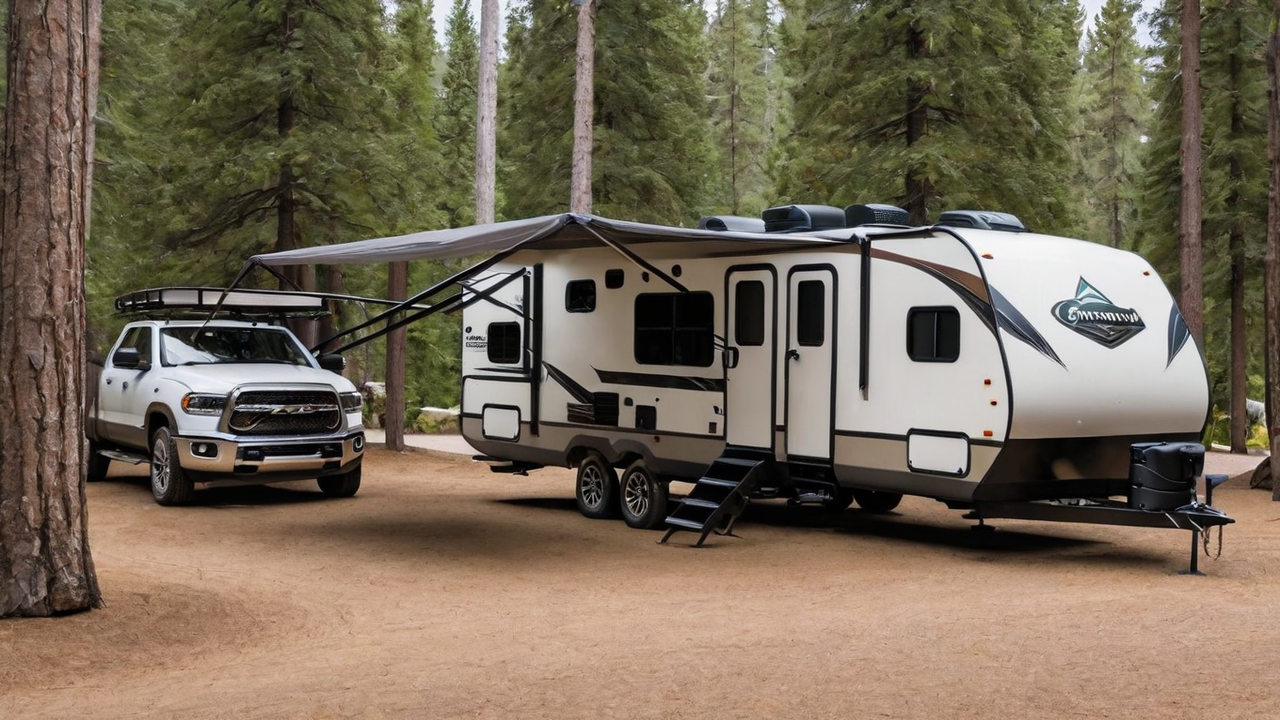Creating an Ultimate User's Interface: Design Guidelines for Camping Software
Creating an Ultimate User's Interface: Design Guidelines for Camping Software
Blog Article

Comprehending Your Audience
Knowing who the intended audience is crucial in designing an efficient user's interface. It's important to consider the needs, likes, and tech competence. This understanding directs every design choice, ensuring that your software becomes user-friendly and easy to use.
Understanding the audience likewise means recognizing their challenges and the way they plan to utilize the camping software. This allows designers to tailor functions and functionalities that address specific requirements, making your software not only helpful but also indispensable.
Streamlining the Navigation System
Simplifying your navigation can be one critical aspect of interface designing. A clear navigation structure makes sure users can readily find what they're searching for, reducing frustration and improving satisfaction levels. It's about the experience within the app as smooth and effortless as possible.
Furthermore, effective navigation guides visitors through your software, showcasing functions and tools that they might otherwise overlook. Such an approach not only improves usability but also encourages deeper interaction with the campground software full array of capabilities.
Integrating Premium Visuals
Graphics play a vital role in making a engaging UI. Visuals help in breaking up monotony and can convey functions more efficiently than words alone. Selecting the appropriate images, icons, and color schemes can improve the overall aesthetic of the application, making it more attractive to your eye.
Moreover, visual consistency is crucial for establishing brand identity and trust amongst your users. Each element ought to be in harmony with the brand’s principles and the message of your software, creating a seamless experience that is both professional and welcoming.
Improving the Responsiveness
In today’s online world, people expect campground programs to be fully responsive on all devices, from desktop computers to smartphones. A responsive design guarantees that no matter of the device size, the application provides an optimal experience. It not only increases accessibility but likewise caters directly to the audience's on-the-go lifestyle.
Additionally, enhancing the responsiveness could result in better performance, decreasing the loading time and avoiding frustration. Users appreciate a speedy and smooth experience when accessing campground applications, and this makes speed an element in satisfaction levels.
Enhancing the Search Functionality
Finding data swiftly is fundamental in any kind of software, especially in campground management. Optimizing your search feature permits users to easily locate exactly what they're searching for, which in turn boosts user experience and efficiency. By incorporating intelligent search features, you can minimize user frustration and increase overall satisfaction.
Additionally, sophisticated search features such as filters and tags can help in narrowing down results, making the search process more effective. Introducing these functionalities demonstrates an understanding of the users' needs and a commitment to making their interaction with your campground system as seamless and effective as possible.
Focusing on Security
Security is a top priority when it comes to designing campground software. Users want to be secure when inputting their private data. Guaranteeing tight security protocols not only secures their information but likewise builds a sense of trust between the user and the brand.
Beyond basic security features like passwords and encryption, consider adding advanced security measures such as two-factor authentication or biometric verification. These features provide an extra layer of security, ensuring that user data is kept safe from unauthorized access.
Leveraging Feedback
Listening to feedback is crucial for continuous enhancement of the campground software. It allows developers to understand what works, what doesn’t, and how the software can be improved to meet the user’s expectations. Actively seeking this type of feedback builds a partnership between your customers and your development team, making them feel they are part of the product's journey.
Using this feedback into account can result in noticeable enhancements in UI design and overall user experience. Implementing changes based on actual input proves that your brand cares about its users and is committed to providing a high-quality product.
Keeping the Simplicity
In the realm of UI design, the principle of simplicity is golden. A overly complicated UI can confuse the users, resulting in a poor user experience. Simplicity, on the other hand, helps your software more intuitive and user-friendly. This encourages greater engagement and satisfaction levels.
Additionally, keeping simplicity should apply to your software’s content and features. Avoid unnecessary features that do not contribute value can ensure that your UI remains uncluttered and focuses on the essential requirements of the end-users. By, you design a more streamlined visit website and effective user experience that resonates with the audience.
Report this page